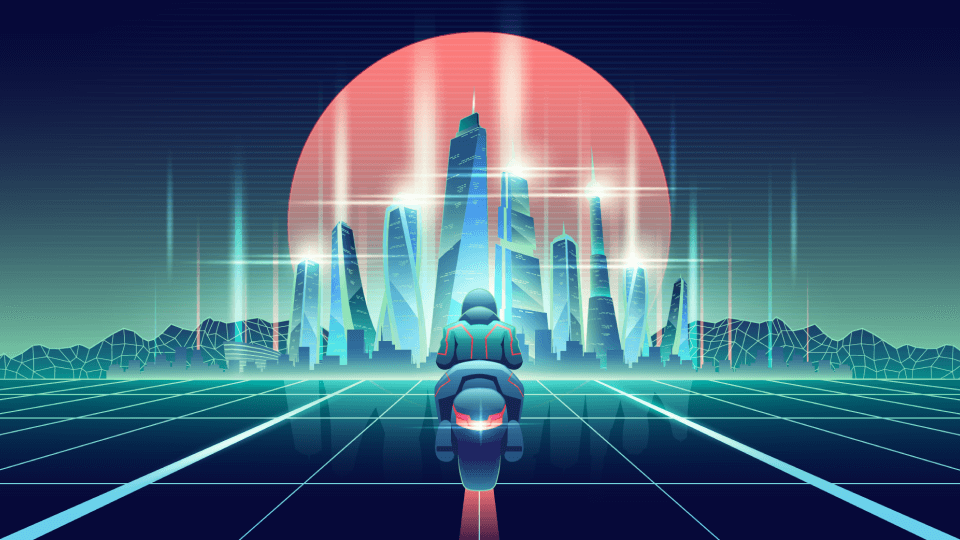
It is a “place” that encompasses a combination of physical and digital environments and leverages immersive and spatial technologies including augmented and virtual reality. The term was originally borrowed from science fiction, and depending on your point of view, it may lead to a utopia or a dystopia.
To understand the Metaverse, it can be useful to break it down into component parts.
One component of the Metaverse is its interfaces – how users interact with and access metaverse spaces. Devices such as Virtual Reality headsets and Augmented Reality glasses are novel and innovative ways of interacting with the metaverse, but it is important to emphasize that the metaverse does not equal VR. Mobile phones and personal computers will continue to be interfaces to access parts of the metaverse. Just as an instant message can be an improvement over a Zoom call, bypassing a VR experience can prevent overhead for many interactions.
Another key component of the metaverse is its environments and platforms, where users “go” to have metaverse experiences. These can include virtual communities, marketplaces, games, and even messaging apps. There is a growing diversity of environments and platforms, including centralized platforms led by large technology companies as well as decentralized platforms built by nascent communities from the bottom up. Next are creations or assets – what users experience, create and collect in the metaverse.
This can include content, experiences, items, and tokens. These can be created by everyone from major companies to individual artists and creators. Finally there is the infrastructure, the technologies that help creators build assets and environments as well as underpin the fundamental building blocks of the metaverse. This can include tools such as Unity 3D or NVIDIA’s Omniverse platform. This category also includes blockchains such as Ethereum or Flow which enable tokens and distributed applications.
Where can we experience it today?
The metaverse is not a single place (just as the internet is a network of networks) and is still emerging. However, there are several places that could be considered incipient metaverse environments. Here are three examples, although many more exist. Decentraland is a decentralized nonprofit 3d virtual reality platform. You do not need a VR headset to participate, just a desktop computer, although having a good graphics card enhances the experience.
Decentraland is notable for its distributed governance, its variety of experiences, and a very active (albeit very speculative) real estate market. Horizon Worlds is a collaborative social VR platform managed centrally by Meta (formerly Facebook). To enter, you will need an Oculus Quest headset. Having recently emerged out of private beta, it is the company’s current most tangible embodiment of Mark Zuckerberg’s stated vision for the metaverse. Roblox is a gaming-originated 3d metaverse community.
You can experience Roblox with or without a VR headset. Although it originated as a game, it has stated intentions to continue to evolve into a broader social and creative space. Its young audience is notable – according to the company, over half of American children use the platform.
Why does it matter?
The metaverse represents a new pattern in computing that will have ripple effects across society, communities, and personal lives, most of which cannot yet be foreseen. For those of us involved in building or helping to develop technology solutions, it is worthwhile to imagine what a “metaverse-first” design pattern might become. It would take into account aspects such as new interfaces, fluid notions of place and time, evolving organizational and community dynamics, and a renewed focus on creation.
It is important to keep this future in mind as we plan, scope, recommend, and build, and to the extent that we can have a role in defining what part of this future will look like, be conscientious about the potential outcomes. As a future participant in the metaverse, you might realize the extent to which you are already in it, and be thoughtful about how you immerse yourself in these new worlds. Written by: Humberto Moreira, Solutions Engineering @ Gigster HQ. Full article on Humberto’s Blog on Medium.
